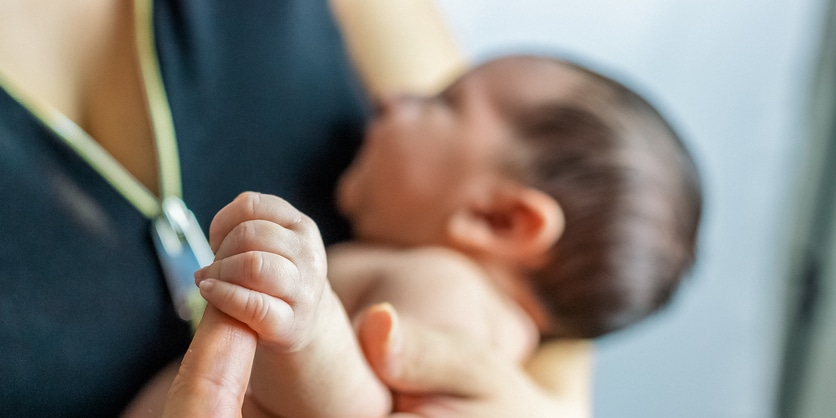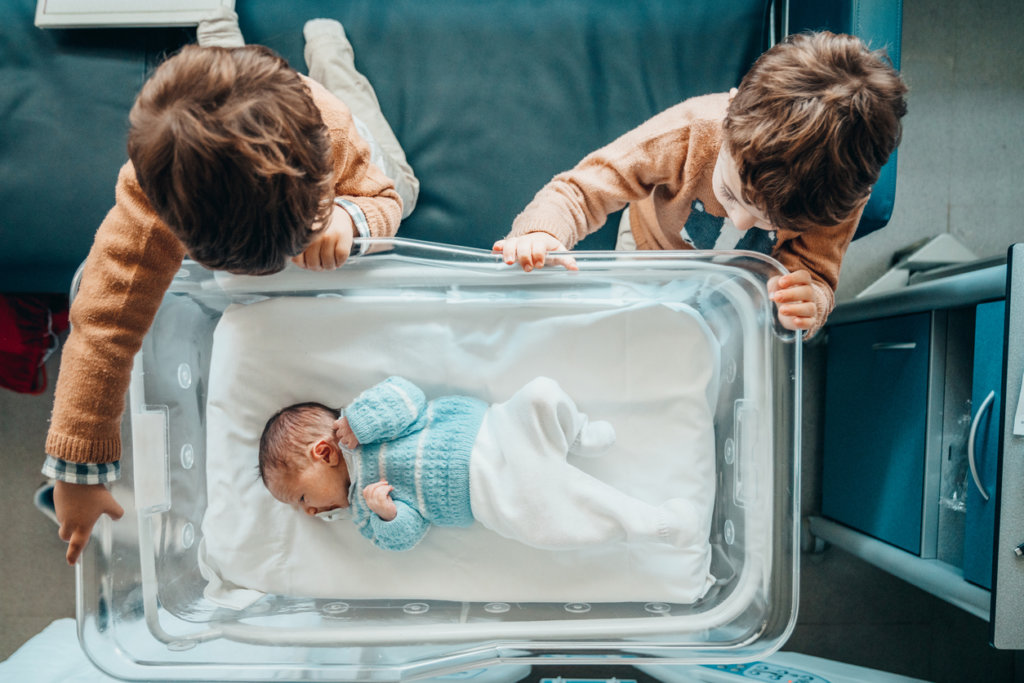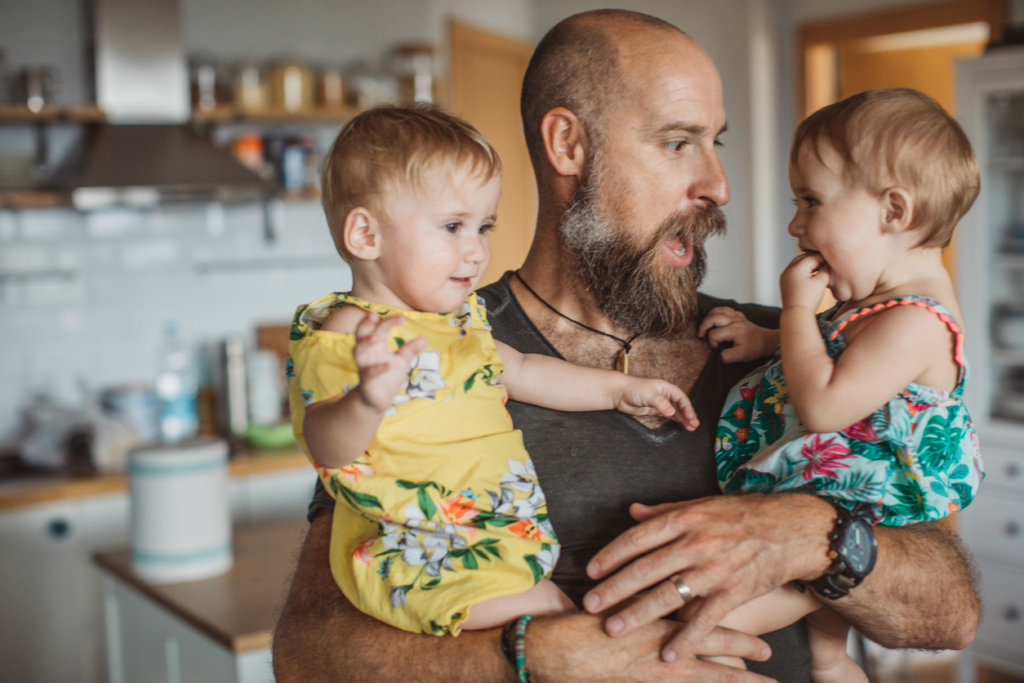What Is a Fertility Doctor or Fertility Specialist? A fertility doctor is a reproductive endocrinologist — a physician who practices a subspecialty of obstetrics and gynecology called reproductive endocrinology and infertility (REI). REI is an area of medicine that addresses hormonal functioning as it pertains to reproduction and infertility in both women and men. U.S. […]
Category Archives: Intended Parents
If you’re looking to use an egg donor, there are several options available: Egg Donor Agencies, Fertility Clinics, Fertility Lawyers, and Local Resources.
In reciprocal IVF, the eggs are removed from one parent’s ovaries, fertilized or inseminated outside of the body, and then placed in the second parent’s body. This allows both partners to equally contribute to the IVF process
As you age, female fertility declines. Around the ages of 33 to 35 years old, your likelihood of livebirth decreases. This is true for all women whether they have had a child before or not. You are still able to have successful live births; however, this may include using a Donor Egg from a younger woman. […]
Storyline: Ami and Vic’s marriage is tested when they undergo In-Vitro Fertilization (IVF) to have a baby. This process begins to take a heavy toll on their marriage, and they both come to a breaking point where they have to make decisions that will either keep them together or go their separate ways. Seeking support […]
In the ICSI process, a tiny needle, called a micropipette, is used to inject a single sperm into the center of the egg.
One of the essential parts of the in vitro fertilization process is transferring the fertilized embryo. It helps to know what to expect, along with some of the risks and precautions to keep in mind. Here is some information on how the embryo transfers process works and for whom embryo transfers are an option.
National Infertility Awareness Week® is a movement founded in 1989 by RESOLVE: The National Infertility Association. Its mission is to empower patients and change the conversation around infertility. To mark National Infertility Awareness Week, Kindbody’s CEO, Clinical, Dr. Angeline Beltsos, and ASRM’s Executive Director, Dr. Jared Robins, will ring the bell. Kindbody, a leading fertility […]
The IVF timeline has become a two-step process—changing the answer to the FAQ: When is the right time to try IVF? A question that Dr. Mary Hinckley from Reproductive Science Center of the San Francisco Bay Area gets asked quite often is when is the right time to do in vitro fertilization (IVF)? Most people […]
As in all of our egg donor and intended parent matches, medical records of your donor are sent to your IVF clinic for further review. Your physician will be the one who will ultimately give approval of your donor.











